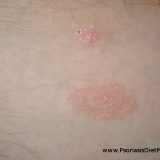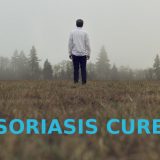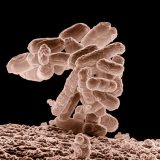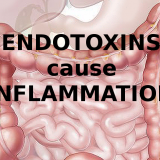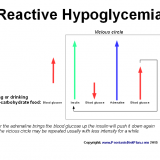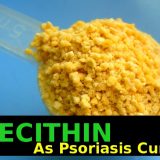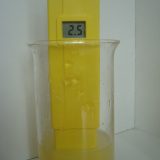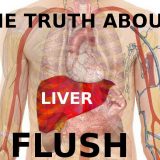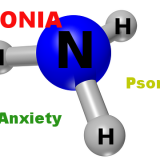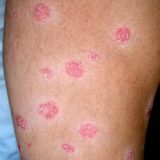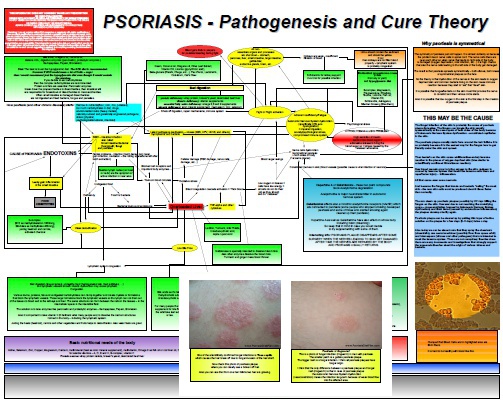Selenium for Glutathione and Antiviral Effects
The first two words that come up to my mind when I hear selenium are: glutathione and antiviral. Exactly those two things I consider as major advantages when it comes to selenium supplementation not just in psoriasis. It is a well known fact that selenium and vitamin E are very important as antioxidants. Researchers proved that deficiency in any of those two nutrients results in increased viral pathogenicity and improper immune response. Selenium or vitamin E deficiencies can even cause…


